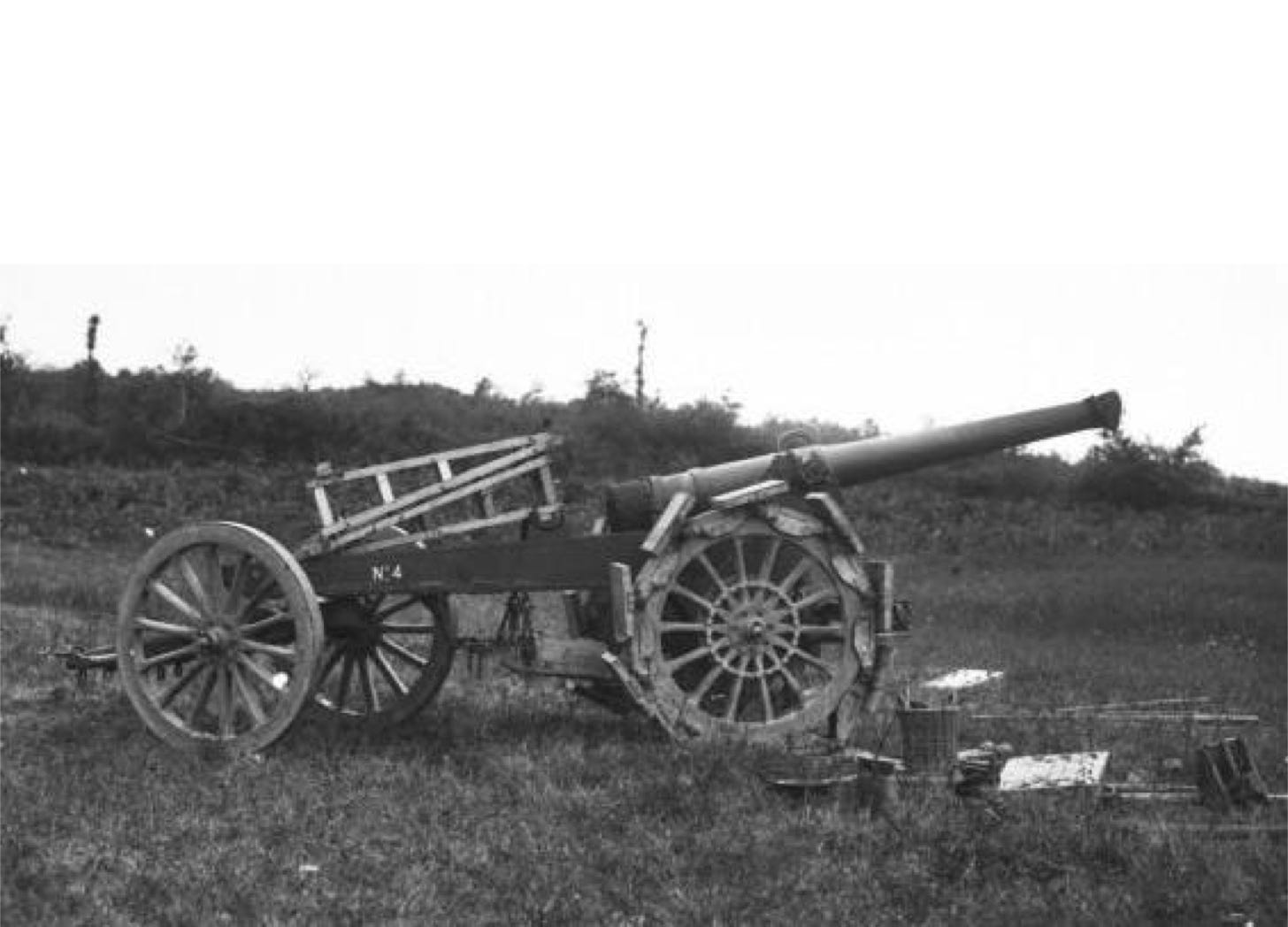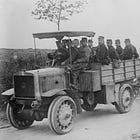This is the third post in a series that begins with The ‘Régiments d’Artillerie Lourde’ of 1914. Links to all posts in this series can be found below, in the section marked ‘For Further Reading’
The ‘cadre law’ (loi des cadres) of 15 April 1914, which laid down the peace establishment for the French Army, supports the view that the 2nd Heavy Artillery Regiment was a standard heavy artillery regiment that had yet to acquire all of the batteries to which it was entitled. This law authorized the presence of fifty-eight batteries of mobile heavy artillery in the peace establishment of the French Army – twenty-four batteries of Rimailho howitzers and thirty-four batteries that were merely described as ‘heavy batteries’ (batteries lourdes). Subtracting the ten peacetime batteries of the 4th Heavy Artillery Regiment from the thirty-four ‘heavy batteries’ leaves twenty-four such batteries for the other regiments. Dividing these batteries among the four remaining regiments leaves each such unit with six ‘heavy batteries’. Doing the same to the twenty-four Rimailho batteries results in four standard heavy artillery regiments, each of which consists of six batteries of Rimailho howitzers and six batteries armed with weapons of other sorts. In other words, the ‘cadre law’ of 15 April 1914 clearly authorized a standard twelve-battery structure for the 2nd Heavy Artillery Regiment.
Superimposing the wartime organization of the five heavy artillery regiments (derived from Plan XVII) upon the peacetime organization of those units (derived from the cadre law of 15 April 1914) yields only twelve wartime batteries that cannot be matched to peacetime batteries – ten batteries of 120mm guns (from the 4th Heavy Artillery Regiment) and two batteries of Rimailho howitzers (one from the 1st Heavy Artillery Regiment and one from the 3rd Heavy Artillery Regiment). The ten unmatched batteries of 4th Heavy Artillery Regiment can easily be explained as the product of doubling. The two wartime batteries that remain, moreover, can also be explained by the way that French artillery units were mobilized.
In the years leading up to World War I, most peacetime batteries of the French Army were designed to form two units in the event of mobilization – an active unit (which was, in essence, an expanded version of the peacetime unit) and a reserve unit (which drew a few officers and non-commissioned officers from the peacetime unit but was otherwise composed of reservists.) In the case of fortress artillery regiments, most of the reserve units formed this way were configured as batteries. In the case of peacetime artillery units armed with Rimailho howitzers, nearly all of the reserve units mobilized served as ammunition columns – horse-drawn supply units that might well be described as ‘batteries without guns’. (The most obvious reason for this was the large size of the 155mm shells fired by that weapon, each of which weighed six times as much as a standard field gun shell.)
Note: For a delightfully detailed description of the mobilization of French field artillery units, see R. Surugue Le 47ème Régiment d’Artillerie (Besançon: Imprimerie Jacques et Demontrond, 1919).
This is the third post in The Phantom Batteries of Plan XVII. For links to the other posts in this series, please make use of the following aggregator:
To Subscribe, Support, or Share:
.







